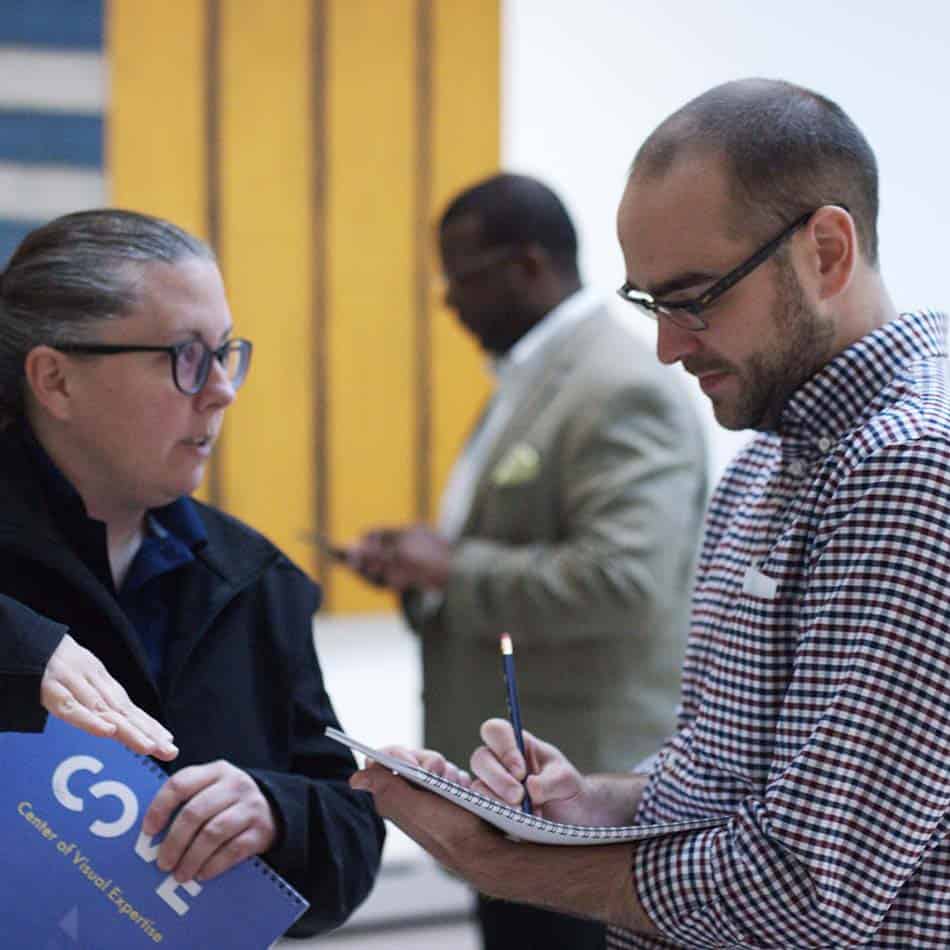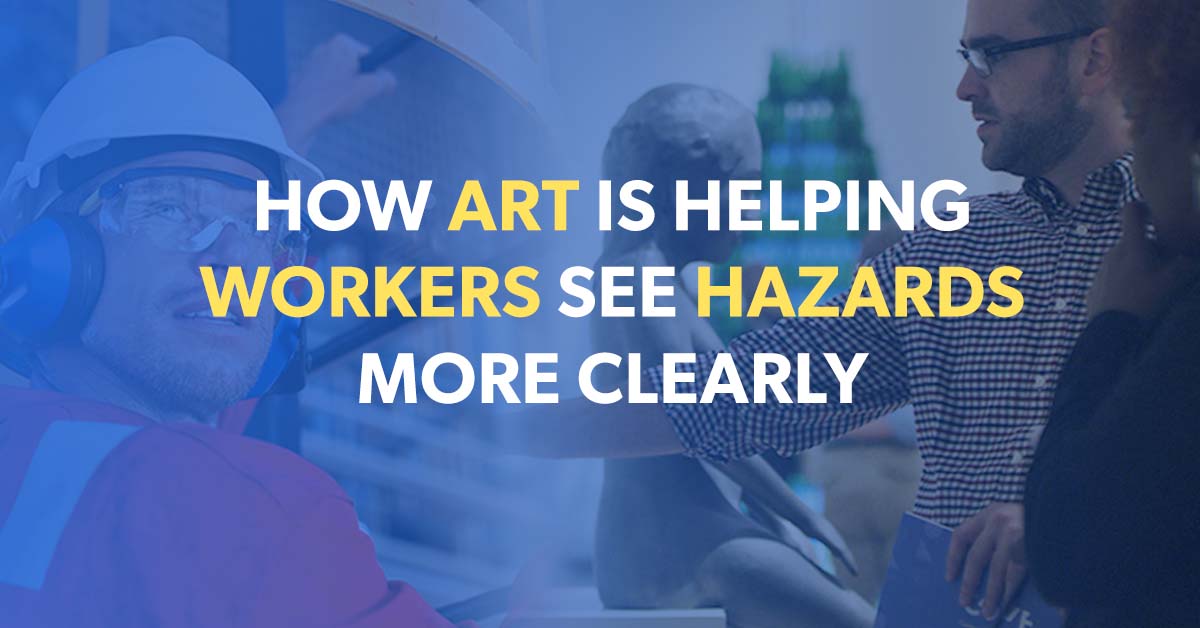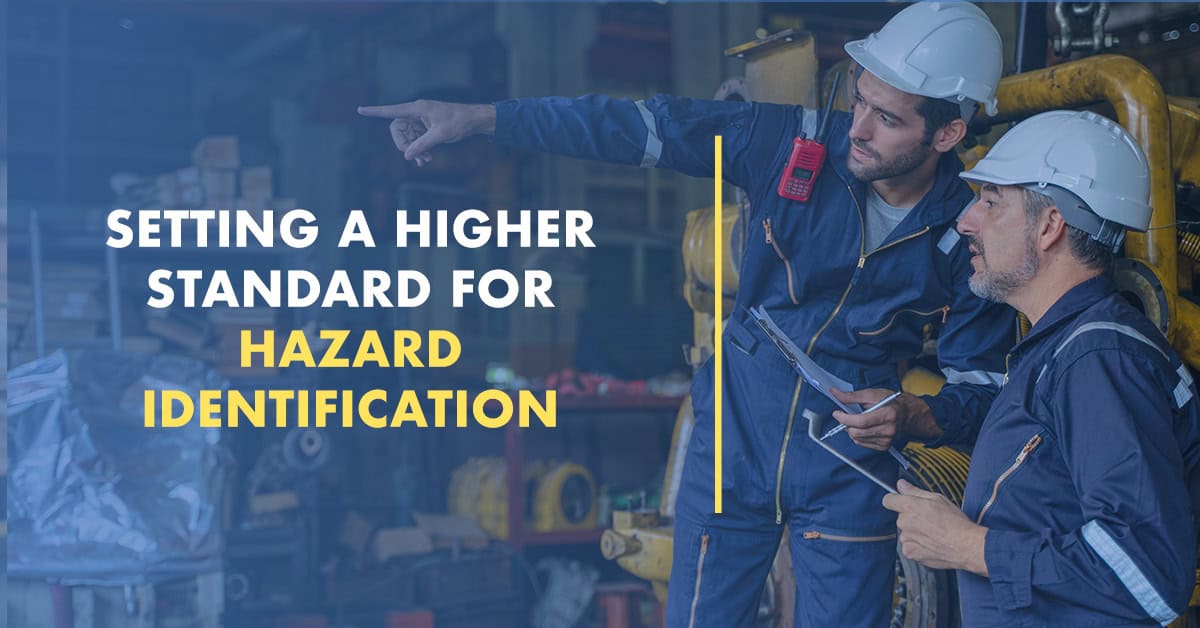As a safety professional, one question I frequently encounter is: “Am I ready to integrate Visual Literacy into our safety programs?”
Like most questions, there is an easy answer and at the same time a more difficult answer. Let me take the easy answer first.
Easy Answer
Think about it: can you name a safety process or task that doesn’t require observation? Pre-trip inspections, hazard hunts, risk assessments, even navigating your facility – all depend on our ability to see and interpret visual information. Therefore, if your safety protocols involve looking, then you are absolutely ready for Visual Literacy! Enhancing your team’s capacity to truly see their surroundings will inevitably lead to more effective execution and a safer workplace. Who wouldn’t want to sharpen their ability to See the Whole PICTURE® and proactively identify potential issues?
The More Complex Answer: Embracing Innovation and Investing in Your Team.
The more nuanced answer lies in your organization’s willingness to:
Embrace Cross-Disciplinary Learning: It’s not typical for companies aiming to improve hazard identification to immediately consider art education as a source of valuable techniques. However, the core of hazard recognition – identifying details, interpreting their meaning, and understanding their impact – mirrors the fundamental principles of visual analysis. Recognizing a potential hazard, interpreting its risk level, and deciding on the appropriate action is precisely what we do in risk management. If you’re open to innovative approaches and drawing insights from fields beyond traditional safety, then you’re ready for Visual Literacy.
Invest in Individual Skill Development: Visual Literacy focuses on empowering each team member with enhanced observation skills, benefiting both their professional and personal lives. Investing in your people by providing tools that improve their job performance and overall awareness is a hallmark of a forward-thinking organization. If you prioritize the growth and capabilities of your team, then you’re ready for Visual Literacy.
Commit to Proactive Hazard Identification: Imagine a workplace where potential hazards are identified before incidents occur. By improving our ability to truly see what’s in front of us, we’ll inevitably uncover more items requiring attention. What once blended into the background will become visible. While this might initially seem like more work (prioritizing risks is key), the long-term result is a significantly safer environment, eliminating the reactive approach of learning from incidents. If you are dedicated to creating a safe working environment through proactive hazard identification, then you’re ready for Visual Literacy.
The Verdict: Ready to See a Safer Future?
If your work requires seeing, you’re committed to a safer workplace, and you believe in investing in your team’s skills, then the answer is clear: you are ready for Visual Literacy.

Take the first step on this transformative journey. Learn practical tools and techniques at our 2-Day Foundations of Visual Literacy workshop held at the Toledo Museum of Art.




